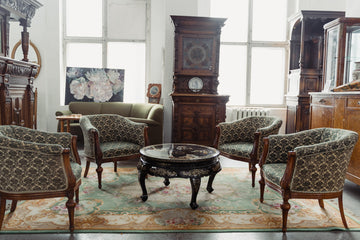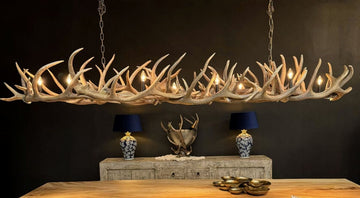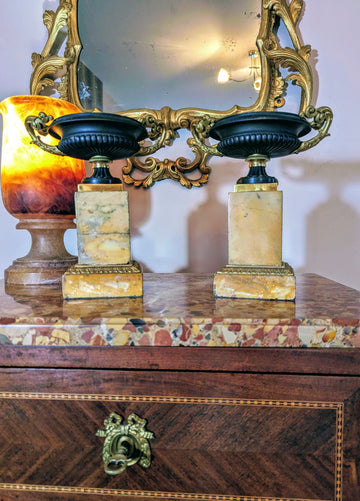Antique furniture can add a touch of elegance and history to your home. Whether it's passed down from generations or acquired from an antique shop like CES Home & Garden, identifying the style of your piece of furniture can help you understand its history and value.
Here are some tips on how to identify different antique furniture styles:
-
Look for the craftsmanship: Antique furniture is typically made with high-quality craftsmanship. Examine the piece to see if it's handmade or machine-made. The presence of hand-cut dovetails, wooden pegs, and visible saw marks on the back of the furniture can be a sign of a hand-made antique.
-
Check the hardware: The hardware of a piece of furniture can provide clues about its age and style. For example, brass hardware with a dark patina is often associated with older pieces of furniture. Also, ornate fixtures and hinges can give a clue to the style of the furniture as well.
-
Study the design elements: Each style of antique furniture has its unique design elements that set it apart from other styles. For example, a Queen Anne style chair has a curved back, cabriole legs, and a slipper foot, while a Chippendale-style chair has intricate carving, straight legs, and claw and ball feet. Research the different styles and their design elements to identify your piece of furniture.
-
Examine the materials: The materials used in an antique piece of furniture can also indicate its age and style. For example, early French furniture is typically made from oak, walnut, ebony, pear wood and pine, while Victorian furniture is often made from rosewood, mahogany, and walnut.
-
Get an expert opinion: If you’re really unsure about the style, age, and value of your antique furniture, it’s always a good idea to get a professional opinion. Consult a reputable antique furniture dealer. We are alway happy to answer and questions you may have. You can email us at shop@ceshomeandgarden.com
Identifying the style of your antique furniture can be a fascinating journey into the history of your piece. With these tips, you can uncover the story behind your furniture and appreciate it as a work of art and a piece of history.




